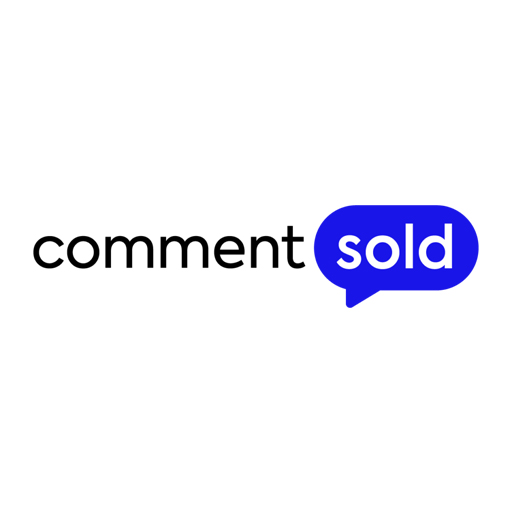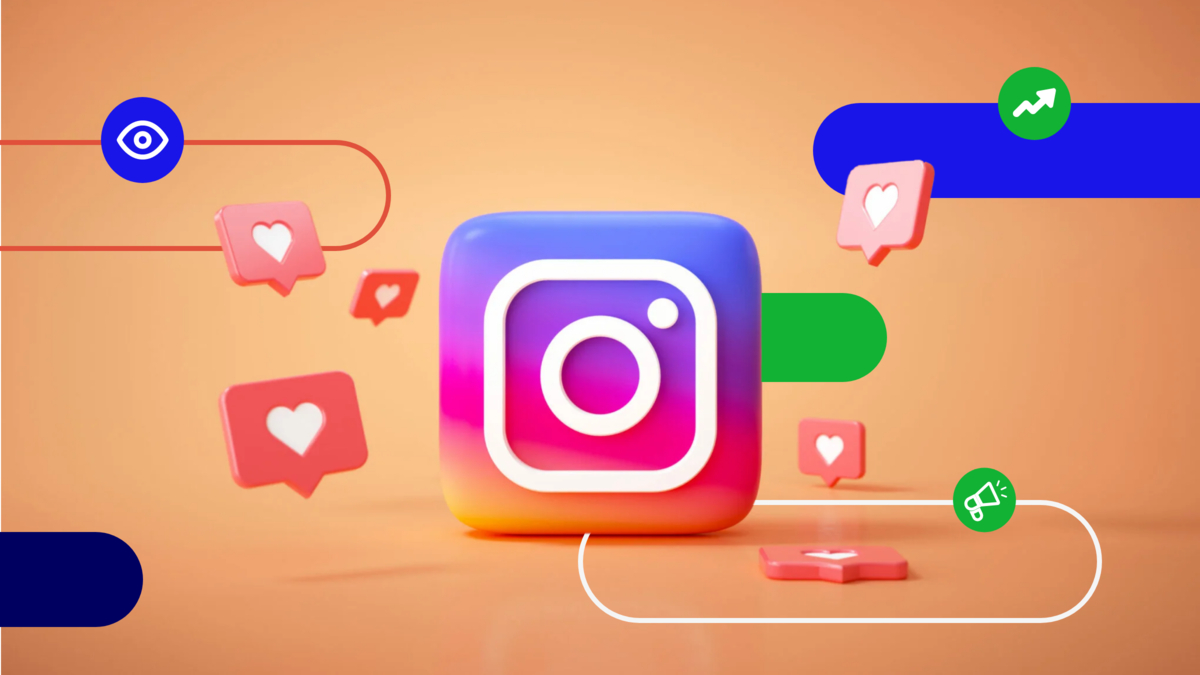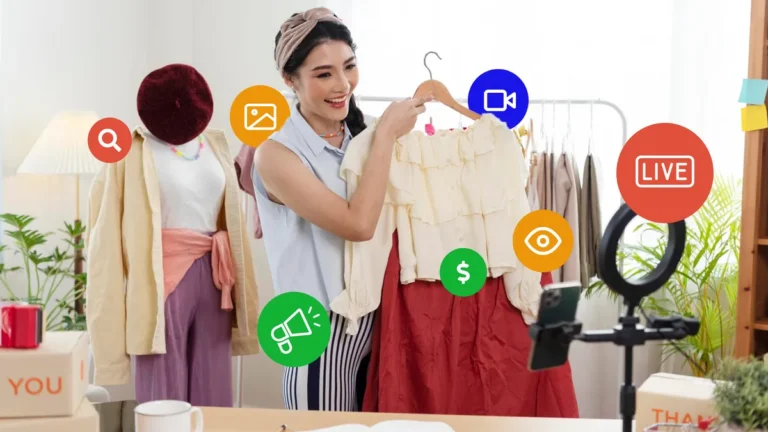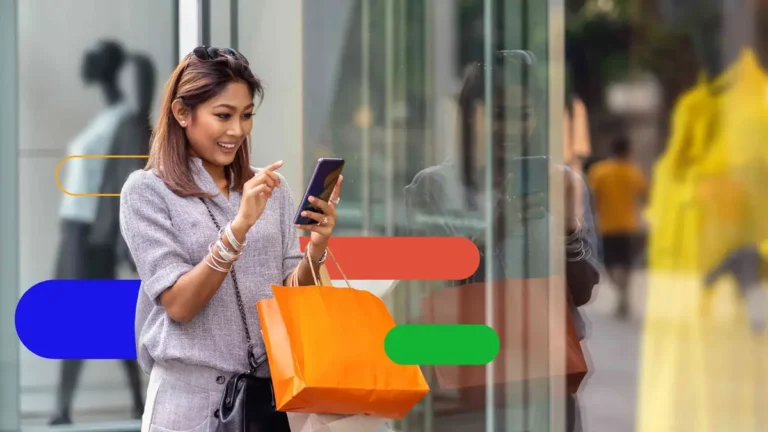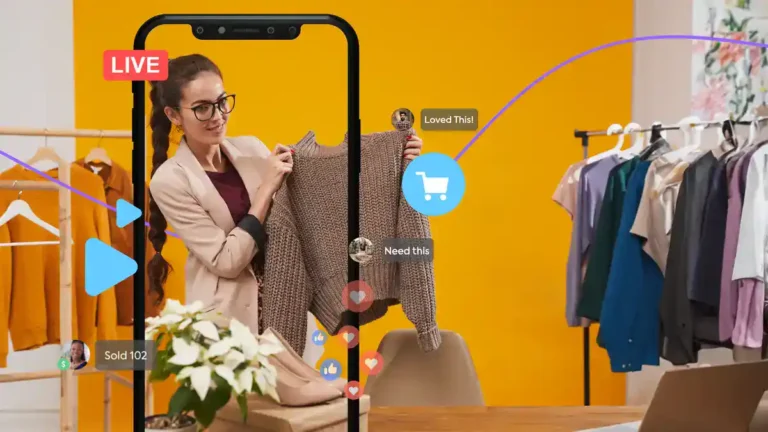Instagram is much more than users sharing photos of their babies, gym routines, or lunchtime snacks. It has become a powerful platform that retailers can use to build brand awareness, show off their products, and even sell directly to consumers.
Retailers are always in need of new ways to reach their target audience and improve their sales, and Instagram could very well be the missing ingredient in your marketing mix. Here’s a crash course on which demographics it appeals to, which features it offers that you can use to reach a larger market, and how to optimize your content accordingly.
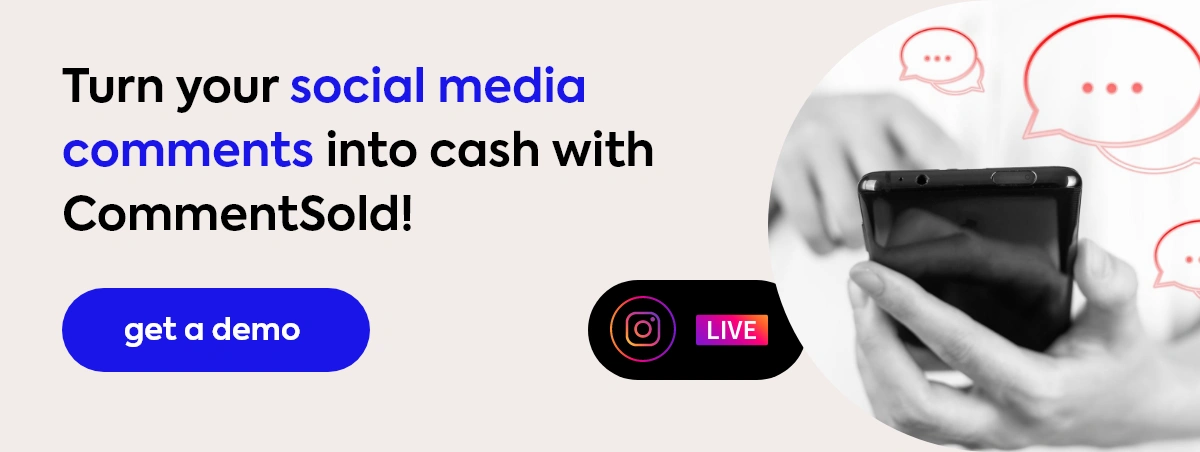
Who Uses Instagram?
To give you more insight into the potential audience that you can reach, consider the following Instagram stats:
- As of the beginning of 2023, Instagram boasted more than 2 billion monthly active users, making it the third most popular social network in terms of users.
- India has the biggest share of users, followed by the United States and Brazil.
- In the US, most Instagram users are in their 20s or early 30s, with just over half falling into this age group.
- In terms of gender, it’s more popular among female users, with women accounting for 56.5% of its user base in the US.
To sum it up, if you’re mostly targeting millennials and Gen Z women, creating a marketing strategy for Instagram is a must.
Useful Instagram Features for Retailers
From ads to hashtags, Instagram offers various useful features to help with retail marketing. Here are the main elements and features that retailers should use and build their marketing strategy around:
- An Instagram bio that lets you summarize your retail business in 150 characters
- Shoppable posts
- Polls and quizzes
- Instagram Stories
- Stories Highlights
- Filters (including AR filters) and stickers
- Instagram Live
- Instagram Reels
- Messaging
- Instagram Shop
To take advantage of the platform’s true capabilities, you’ll have to set up a business account and choose a business category.
You’ll also be able to include contact details, such as your email address, which the platform will turn into a button that will be included in your profile. Along with the contact button, you can include a call-to-action (CTA) button that leads to a promotional page made specifically for that audience or simply to your website to further increase conversions.
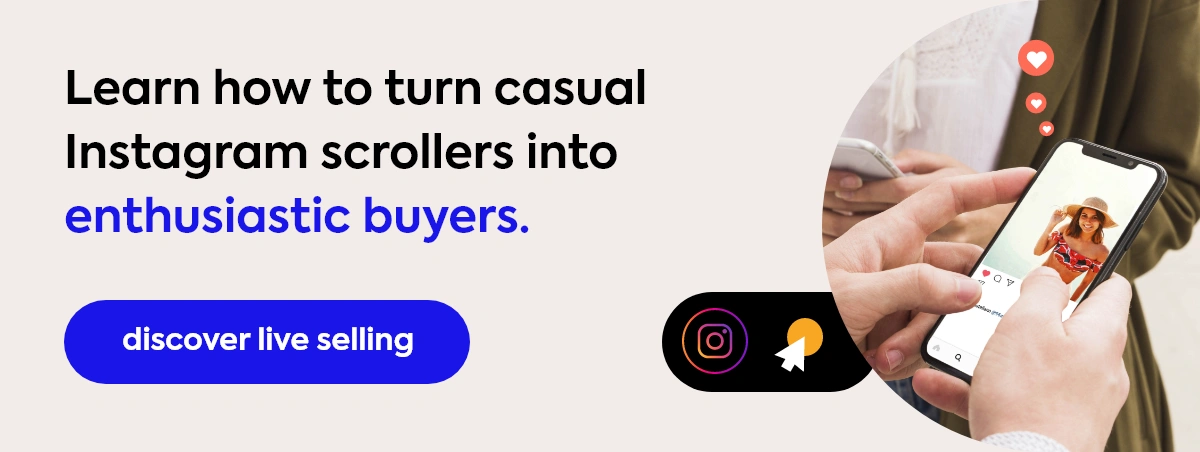
5 Best Practices for Instagram Retail Marketing
What works on another social media network isn’t guaranteed to deliver the same results on Instagram. As mentioned earlier, Instagram appeals to a specific group of users. Another key characteristic is its emphasis on visuals. Here are five best practices that will help you optimize your content for its unique features and make your campaigns more successful:
1. Incorporate Storytelling
Authenticity is a keyword when it comes to Instagram marketing. Users want to learn more about how a brand started and the faces behind the corporate identity.
One of the best ways to create more authentic content is by leveraging storytelling. Whether by uploading an Instagram Story or using your post caption to add contextual background, the idea is to use the platform to connect instead of purely promoting products.
2. Use Hashtags #
In 2023, hashtags are still very relevant. As hashtags are searchable and clickable, they help your content and brand reach a larger audience.
The trick is to keep it relevant and find the right balance between more general hashtags and very specific ones.
You can also create your own branded hashtag. Your branded hashtag can be added to all your posts, but the other non-branded hashtags should be varied and relevant to the post you are adding them to.
3. Make High-Quality Visuals the Star
Captions and hashtags are critical elements, but Instagram remains a visual platform. This means that the product image, team photo, demo video, etc., should be the focus point.
As all eyes will be on your visual elements, it’s crucial that only high-quality assets are chosen. This doesn’t give you free rein to go crazy with photo editing, though. Focus instead on getting the basics right, like the composition, lighting, and resolution.
4. Post at Optimal Times
Similar to other marketing mediums like email, Instagram also has its own set of optimal times for posting. This will depend on your target audience and their location. You want to identify the times they’re more likely to be active on the platform.
5. Make Time to Engage
To build a community of loyal followers, you need to make time and engage with them too. Think of your content as a conversation starter.
Just like with other types of marketing campaigns, your end goal isn’t always to generate a sale. You’ll also need to serve customers at the top of the funnel, and one way to do that is by responding to their comments.
It’s especially important that you reply to posts that tag your business, comments that mention you directly, or direct messages (DMs). Ideally, you should reply within 24 hours. Many consumers like to reach out to retailers through social media, which makes replying to comments a form of customer service too.
This takes quite a bit of effort, time, and planning. To help you streamline your communication, you can invest in a social media listening tool. There are several solutions available, and most of them also include post-scheduling, helping you reach your target audience at the optimal time.
That said, don’t restrict your engagement just to posts that involve your retail store directly. If one of your followers shares an interesting update, like a promotion, join the celebration. This small gesture might encourage them to celebrate the occasion by indulging in some retail therapy at your store.
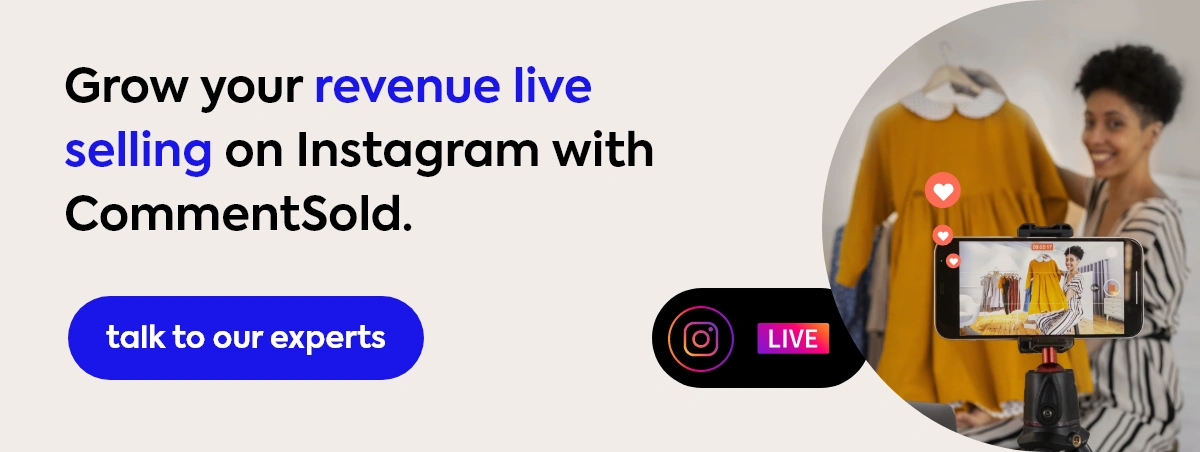
5 Instagram Post Ideas for Retailers
Most Instagram business accounts post at least one post per day on average. To help you fill up your content calendar and make your Inastagram reels go viral, here are five popular post ideas to explore.
1. Live Selling
Your Instagram marketing doesn’t have to be limited to posts.
Live selling on Instagram is a great way for viewers and shoppers to engage with your brand and drive conversions. It helps you instantly listen to what customers love and want, showcase products from multiple angles, answer questions instantly, and build authentic customer relationships.
This real-time feedback—whether from viewer chat or from VIP customers invited as guests to your lives—drives engagement and builds a sense of community. This is why live selling can drive more sales and foster brand loyalty for your business while also helping you make more profitable business decisions.
2. User-generated Content Campaigns
Creating campaigns centered around user-generated content (UGC) can help your brand in more ways than one. It helps to build deeper customer connections and can save your marketing team loads of time. Plus, it’s more authentic, making it a triple win.
To use this strategy, you’ll be reposting your customers’ Instagram posts that are relevant to your brand. It’s best practice to get their consent beforehand, but most will agree as they, too, will get extra exposure.
If it’s hard to find user-generated content about your brand on Instagram, why not give your followers a reason to post about your products? Contests are always a winner.
Let’s say you’re selling stationery, for example. In this case, you can ask followers to share videos of their home office, with each post being an automatic competition entry.
3. Influencer Marketing
In addition to UGC, you can use influencer-generated content in your marketing strategy. You can, for example, identify an Instagram influencer in your niche and invite them to co-host a live selling event with you!
It doesn’t need to be a mega influencer with a huge following. In fact, according to Influencer Marketing Hub’s The State of Influencer Marketing 2023 Benchmark Report, the majority (69%) of brands prefer nano or micro-influencers.
The benefits are twofold. These types of influencers are more affordable and boast higher engagement rates.
A number of influencers have made live selling their niche. That said, the most important thing is that they appeal to your target audience. There’s little use in partnering with an influencer who posts about DIY home projects when you’re trying to sell expensive jewelry.
Keep in mind that after you’ve identified an influencer, you’ll have to send them product samples. These samples help to create a more authentic and engaging promotion. By having a physical product that they can refer to, it’s also easier for influencers to show off your product in action or provide styling suggestions, for example.
4. Behind-the-scenes Clips
From factory tours to a typical day-at-work video, there are various ways that you can treat customers to a glimpse into how their products are made. It’s also a great way to leverage storytelling.
Consumers care more and more about things like transparency, customer service, and sustainability these days. These types of Instagram posts make it easier to show how you incorporate these key values into your daily routine.
Trust takes a long time to build, but sometimes all it takes is a 30-second video clip. By showing your customers what goes on behind the scenes, you help to give your business a face.
5. Events
One positive consequence of the pandemic is that it has popularized online events. Sure, you can use Instagram to share a short announcement about an upcoming in-store event, but why not create one specifically for Instagram? After all, consumers love exclusivity.
Sales remain a firm crowd-pleaser. It’s also another example of how you can incorporate live selling and use social media to generate sales.
In addition to sales, there are various other exciting types of online events that you can run and advertise on social media. Other popular ideas include workshops and AMA (Ask Me Anything) events.
6. How-to Content
You can also use the platform to help establish your retail business as an expert and leader in its industry by sharing educational content from time to time. You can, for example, record product demos, share innovative uses of your products, or explore hacks.
How-to content is also a great way to introduce new product lines to consumers. Maybe it’s a good addition to one of your bestsellers? In this case, it can even be turned into a cross-selling opportunity (though keep in mind that some posts should remain purely educational).
Embrace Instagram for Long-term Growth
Instagram is one of the best ways to get people to know about your brand. It’s no longer mostly used for social reasons. Nearly 75% of internet users turn to social media platforms to find information about brands and products. What’s more, about two in every 10 social media users follow a business or brand that they’ve bought from on social media.
Using Instagram for your retail business is much like your fitness routine. Slow and steady is the trick. It’s not for pushing a sale at every opportunity that you get.
Instead, embrace it as another channel that you can use to tell consumers more about your retail business and connect with a relevant community. Use storytelling. Use high-quality photos. Use engaging videos.
If you show up consistently—by posting a variety of authentic posts and engaging in conversation—you’ll gain more followers each month. On average, business accounts grow their followers by about 0.8%. So approach it with long-term goals in mind.
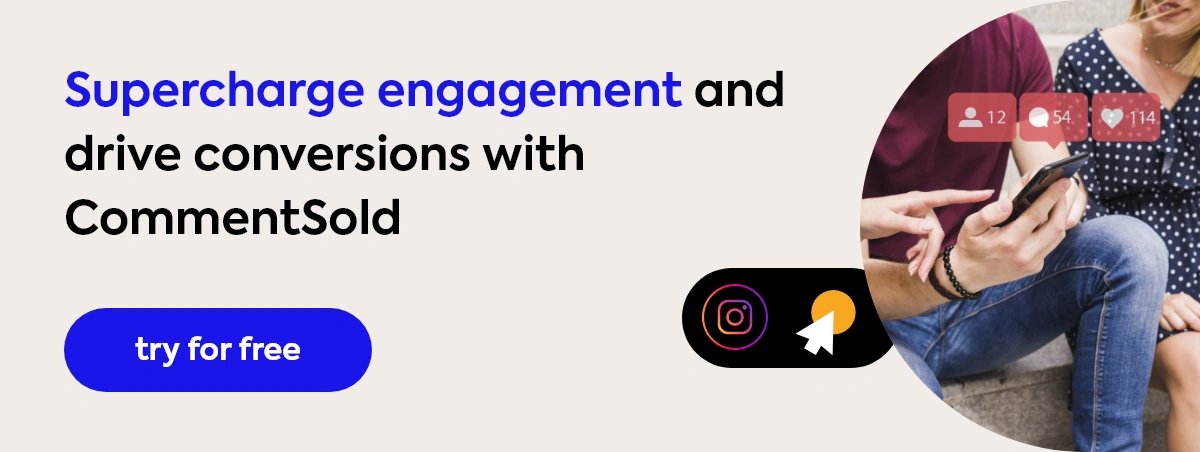
https://thelanguagepractice.com/
https://influencermarketinghub.com/author/koba-molenaar/
(Koba is a content creator and regular contributor to Influencer Marketing Hub. For the past six years, she has helped SaaS companies, eCommerce brands, and website de-sign agencies improve their social media marketing strategies.)
